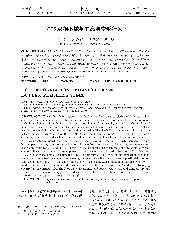摘要
During hot deformation of the duplex stainless steels consisting of delta-ferrite and gamma-austenite, their microstructure evolution and mechanical response are more complicated as compared with those of single-phase ferritic or austenitic stainless steels, especially for study of the mechanical behavior. In the present research, the hot deformation behavior of a 2205 duplex stainless steel has been investigated through uniaxial compression test using Gleeble-3800 thermal-mechanical simulator within the temperature range of 1223-1523 K and the strain rate range of 0.01-10 s(-1), the corresponding flow curves and their characters and microstructures have been determined and analyzed. Elongated austenite distributes in ferrite matrix, and the volume fraction of ferrite increases with rising temperature. Dynamic recrystallization of austenite is enhanced by increasing temperature and decreasing strain rate. Based on the constitutive equation for hot deformation, the apparent activation energy (Q) and the apparent stress exponent (n) of the steel are obtained to be about 451 kJ/mol and 4.026, respectively. There is a particular shape of flow curves, i.e. a yield point elongation-like effect, which is characterized by a non-strengthening plateau during the initial stages of plastic deformation. This yield point elongation-like effect increases with decreasing Zener-Hollomon parameter, Z. When used a simplified stress function, a deviation of linear relationship between In Z and peak stress (sigma(p)) occurred at the critical value (In Z(c)=38.18). Relationships between peak stress and temperature and strain rate can be more simply described as sigma(p) = 20.61n (epsilon) over dot + 1118002/T - 266.8(ln Z>38.18), and sigma(p) = 9.11n (epsilon) over dot + 493874/T - 701.9(ln Z<38.18).
- 出版日期2010-1-11
- 单位钢铁研究总院
